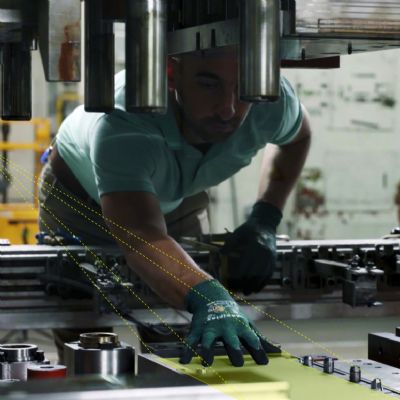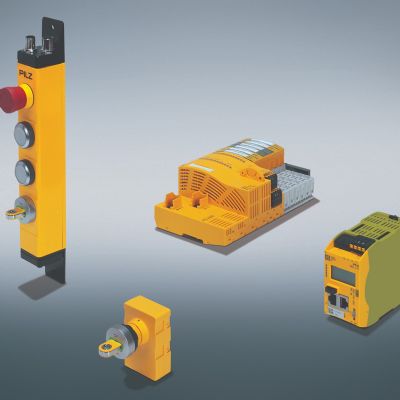 Douglas Ehlke
Douglas EhlkeDie-Change Die-Setting Safety
September 1, 2013Comments
The accident: Plaintiff-employee (George) was part of a five-man crew responsible for changing forming dies in a series of metalforming presses at a General Motors plant in Ohio. The plaintiff worked at the back of the press while his coworker, Dale, manned the controls at the front of the press. A third team member, John, drove the die truck. George testified as follows:
“On the day of the injury of record I was working with Dale...changing a die in press JE2. The first die had been removed. Two truck drivers, as we call them, had placed the die in the press. I was working on the back side of the press, Dale on the front of the press. I checked to ensure the die was lined up properly. The ram was in the up position. I told Dale the die was lined up properly, and placed the bolts in the bottom ram but did not tighten them. Dale brought down the ram by inching it. He then went to the middle of the die on his side. His moving to the middle of the die indicated that we were ready to put the bolts in the top of the die. The bolts were on the ledge of the ram. I reached with my left hand to retrieve the bolts. As I did so there was a distraction behind me, and I looked to see what was happening. In that split second, Dale went to the panel and cycled the press, causing the ram to raise and again lower, this time catching my left hand between the ram and the die.”
Dale testified: “I was working the front of the press and George the back. John (the die-truck driver) brought the die to the press and set it in. After positioning the die in the press, John backed up and indicated that it was time to bring the press down on top of the die. This is done so that the top portion of the die can be clamped onto the press. The shut height for the die that was taken out and the one being put in was the same, so no adjustments had to be made and there was no need to inch the press down. When John indicated that the die was in place I hit the two buttons to lower the press—both buttons must be hit at the same time to activate the press. From the control panel and with the die in place you cannot see what is happening at the back side of the press. After the press came down, I could hear George screaming. When I realized he was caught in the press I raised it back up. He had his hand caught. I also noticed when I went to help George that one clamp had been put on the bottom portion of the die, presumably by George.”








